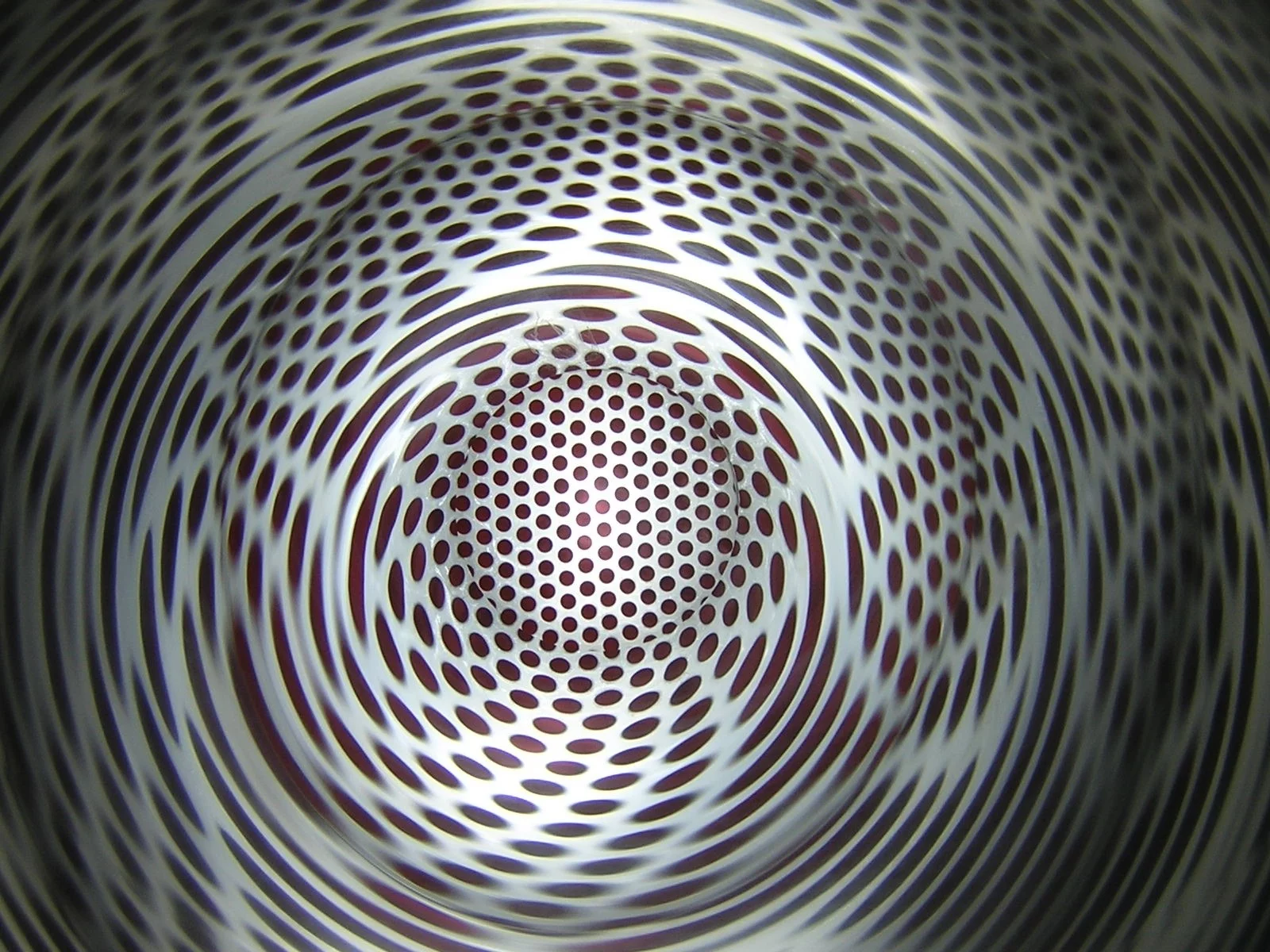
With the help of CHRISP, researchers are using the internationally most powerful source of ultracold neutrons to investigate how our universe is structured. They determine, for example, fundamental natural constants with the highest precision and search for deviations in the current standard model of particle physics. They also develop and test detectors for experiments at PSI, for space missions and for the European research centre CERN in Geneva.
